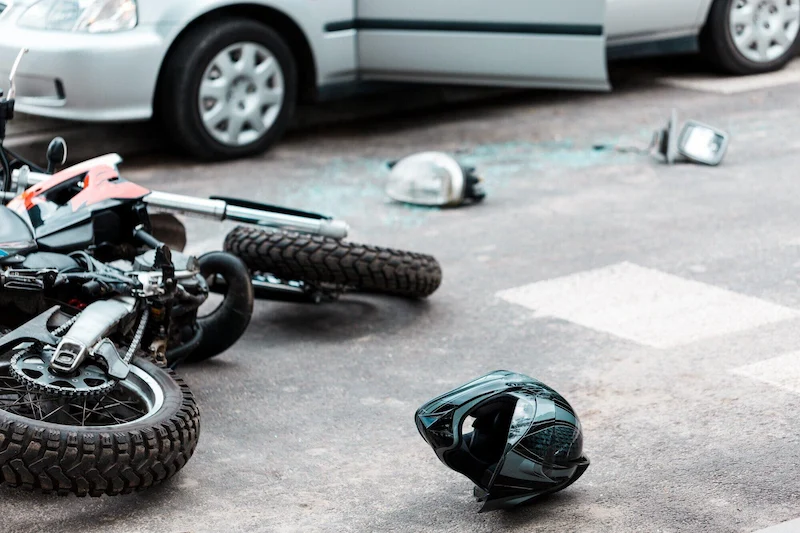Table of Contents
Have you ever wondered what you should do if you’re involved in a head on crash?
Being in a car accident can be terrifying, but knowing the right steps to take can make a significant difference. This article will give you simple and valuable advice on how to protect yourself and others in such a situation.
By following these precautions, you can stay as safe as possible and handle the aftermath with confidence.
1. Assess Yourself and Others for Injuries
First, check yourself for any injuries. If it’s safe to do so, check on the passengers in your vehicle. Ensure everyone’s condition is stable before moving on to the next steps.
If anyone is injured, seek medical attention immediately. Do not try to move anyone who is injured unless they are in immediate danger.
2. Move to a Safe Location
Once you have ensured everyone’s condition is stable, try to move your vehicle to a safe location if possible. This should be a place away from the main flow of traffic, like the shoulder of the road. Activating your hazard lights can effectively warn other drivers of your situation.
If it is not possible to move the vehicle, stay inside with your seatbelt fastened until help arrives. Make sure to keep your hazard lights on to make your car visible.
3. Turn on Hazard Lights
Turning on your hazard lights is a crucial step after an accident. It helps alert other drivers that your vehicle is stationary and could be an obstacle. This helps reduce the risk of further accidents.
Make sure your hazard lights remain on until help arrives. This ensures your vehicle stays visible, especially in low-light conditions.
4. Call Emergency Services
Calling emergency services is one of the most important steps to take after a head-on crash. Dial 911 and provide the operator with your location and a brief description of the incident. Be as clear and concise as possible to help emergency responders reach the scene quickly.
While waiting for emergency services to arrive, stay on the line with the operator if instructed. If injuries are significant, contact a car accident lawyer in Colorado Springs for legal guidance and support.
5. Exchange Information With the Other Driver
After ensuring everyone’s safety, it is important to exchange information with the other drivers involved in the crash. Obtain their names, addresses, phone numbers, and insurance details. Note the make, model, and license plate number of their vehicle.
Accurate information is essential for filing an insurance claim and resolving the incident.
You may like – What to Expect in Navigating the Legal Process After a Single-Car Accident
6. Documenting the Scene
Documenting the accident scene is vital for both insurance and legal purposes. Use your phone or a camera to take clear photos of the vehicles involved, including any visible damage. Make sure to capture the surrounding area, such as road signs and traffic signals, to provide context.
Additionally, write down any details you remember about the accident. This includes noting the time, date, and weather conditions at the time of the crash.
Stay Calm and Check for Injuries First in a Head on Crash
Handling a head on crash can be overwhelming, but following these steps can help. First, check for injuries, move to a safe location, and turn on your hazard lights. Always call emergency services and exchange details with the other driver.
Documenting the scene is also essential for any future claims or legal needs. By staying calm and taking these actions, you can better manage the situation and ensure everyone’s safety.
Did you find this article helpful? Visit our blog for more valuable resources.
Want to explore something different? Affordable Fence Company for Quality Installations & Repairs

